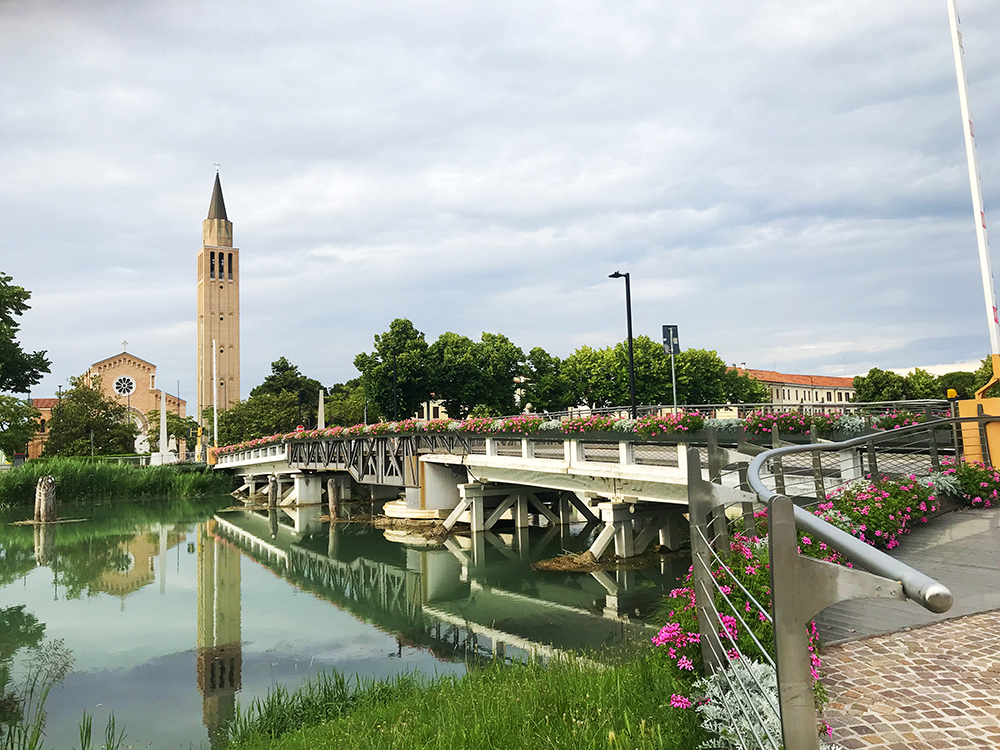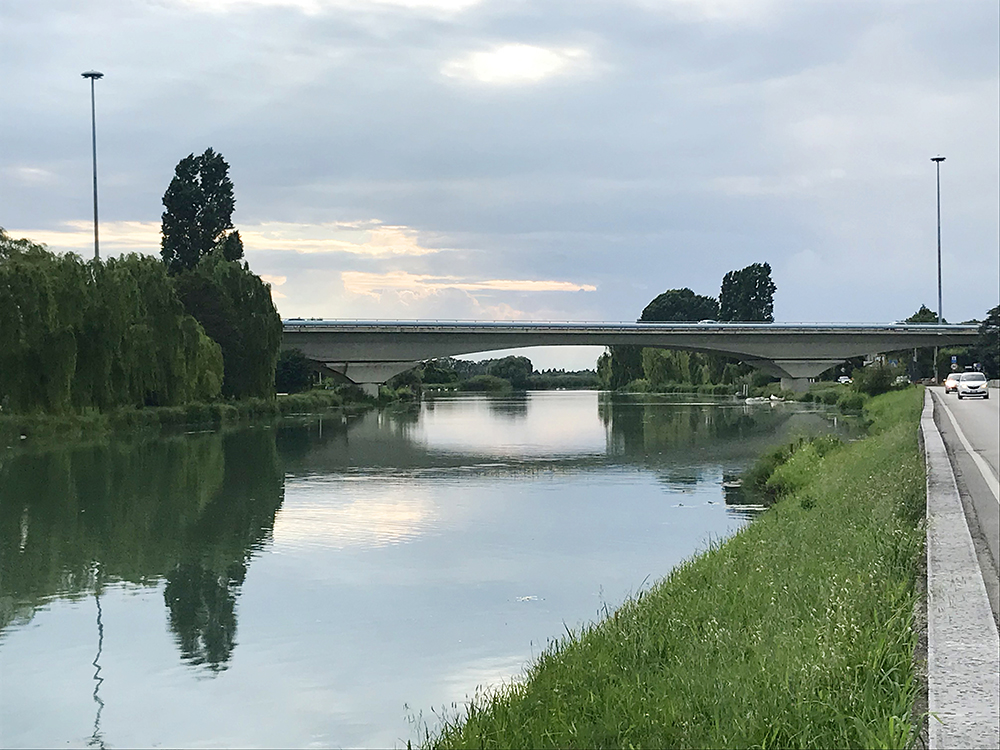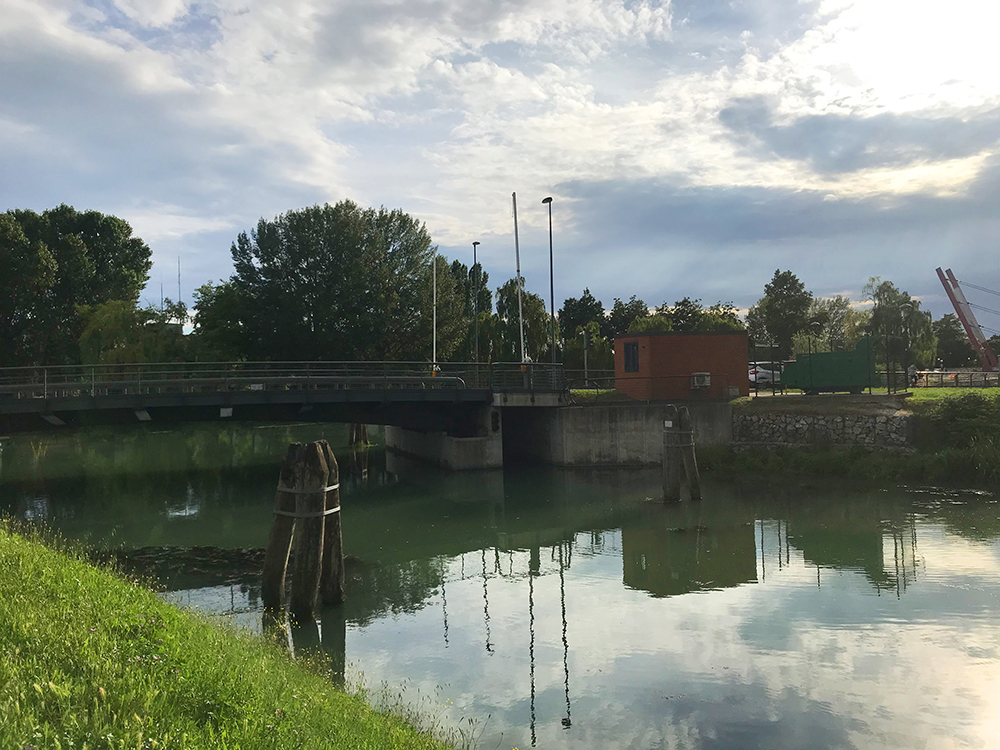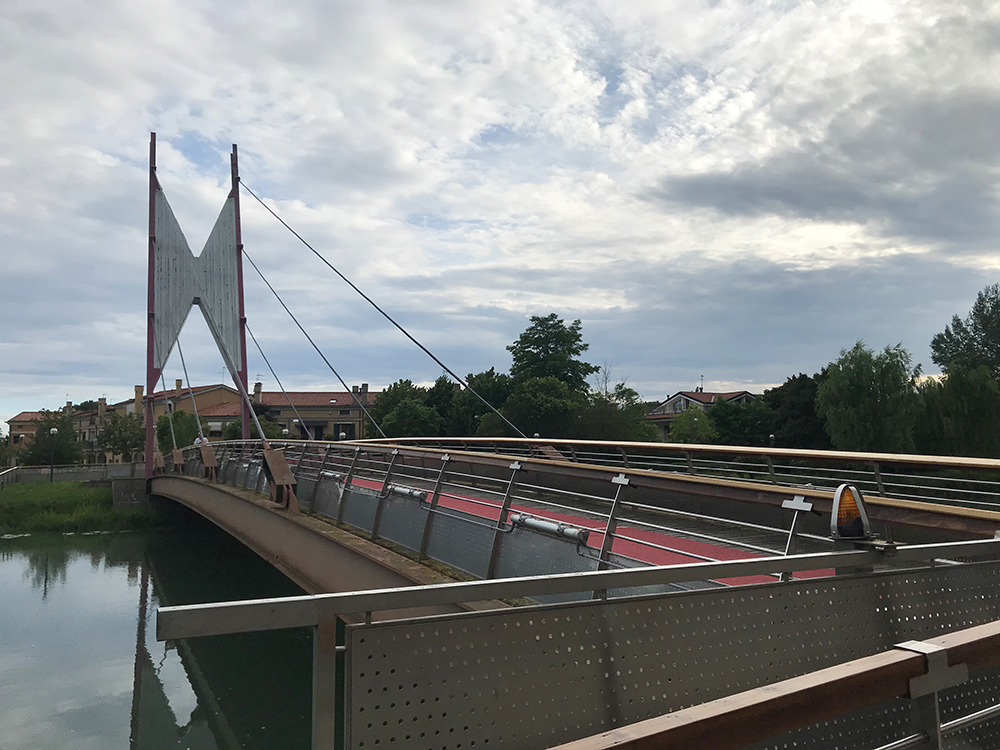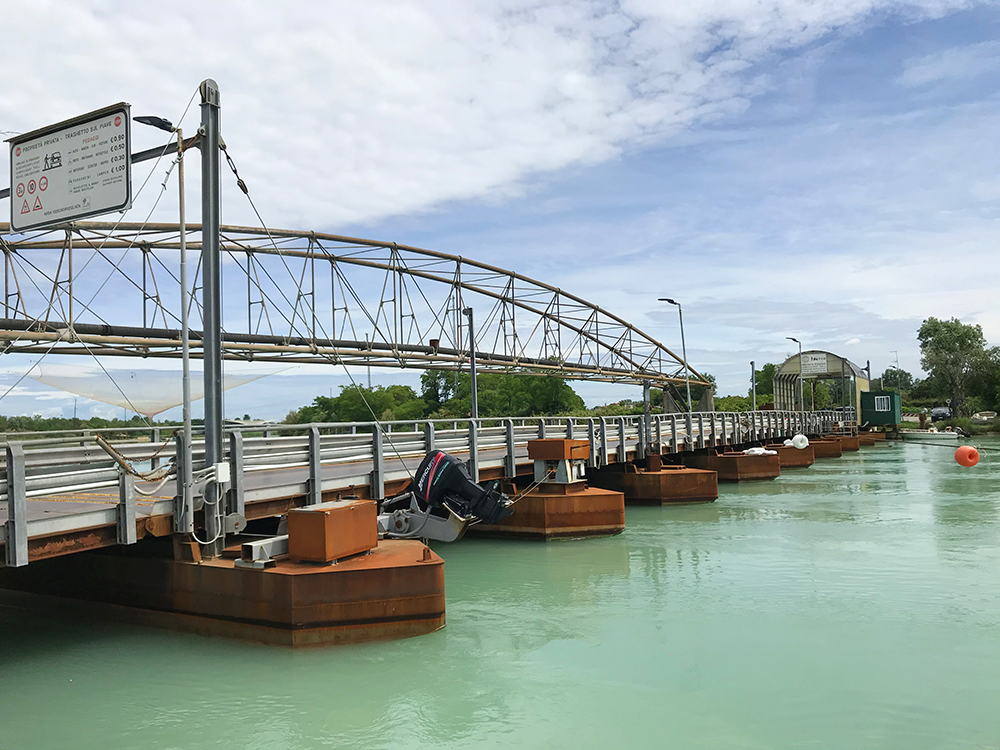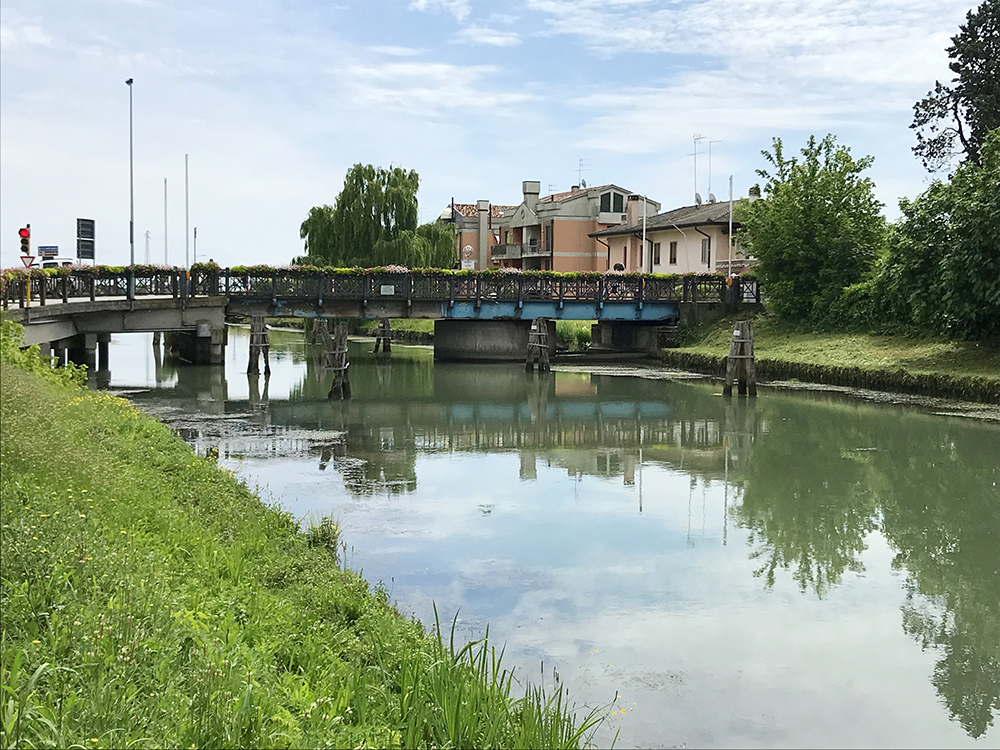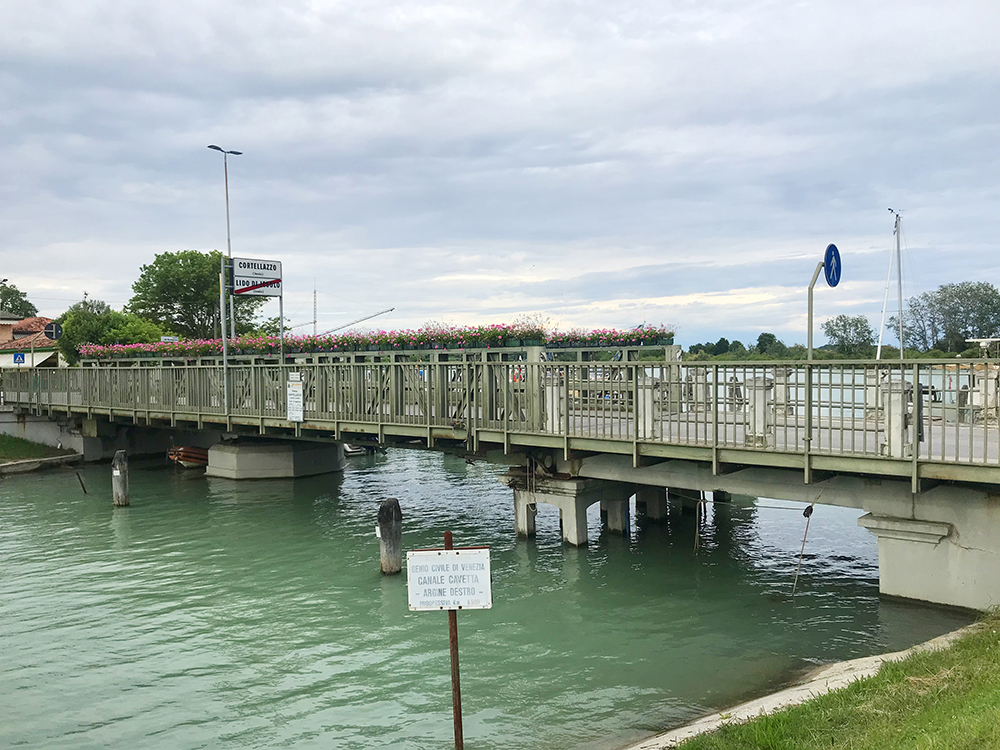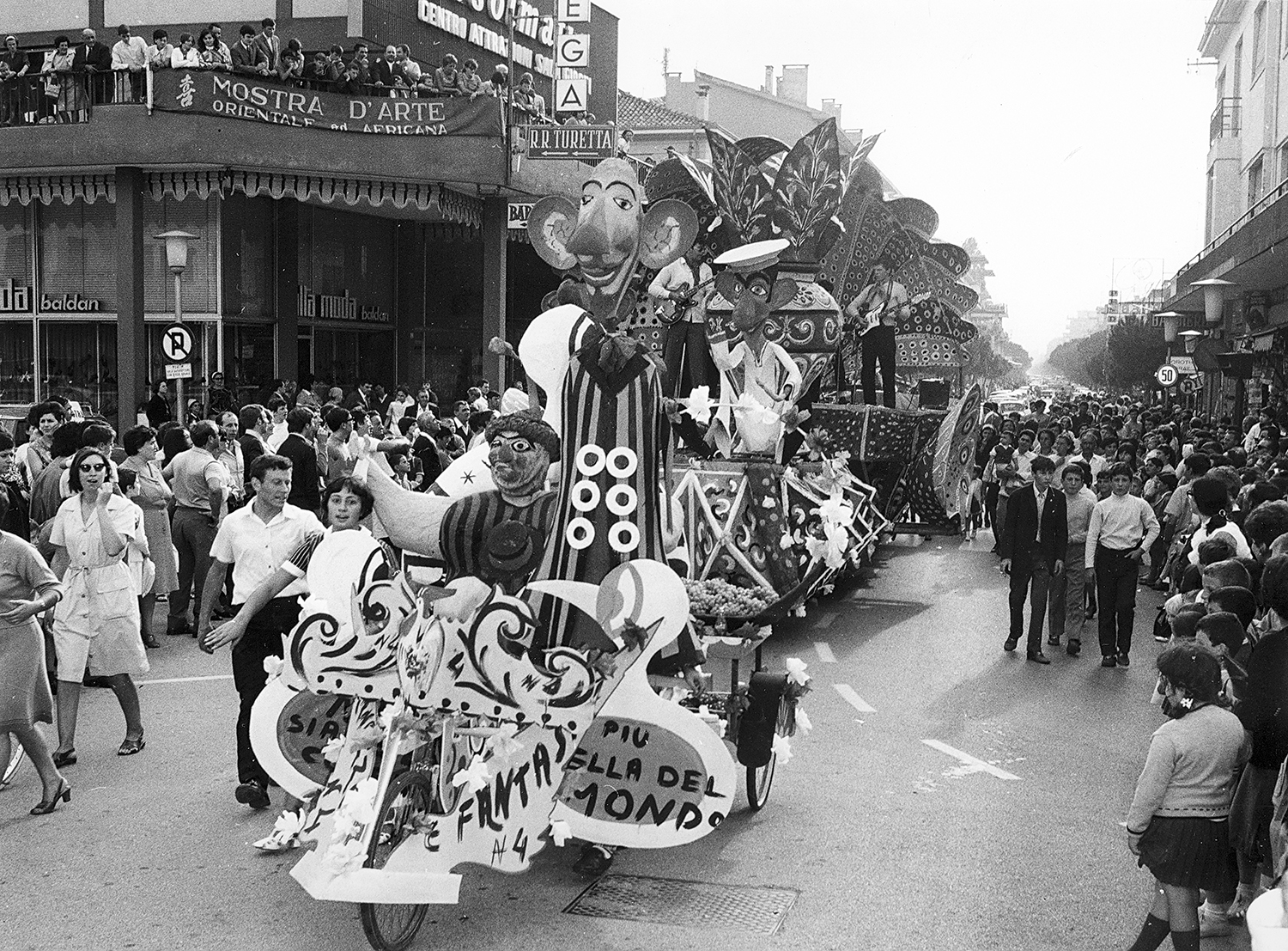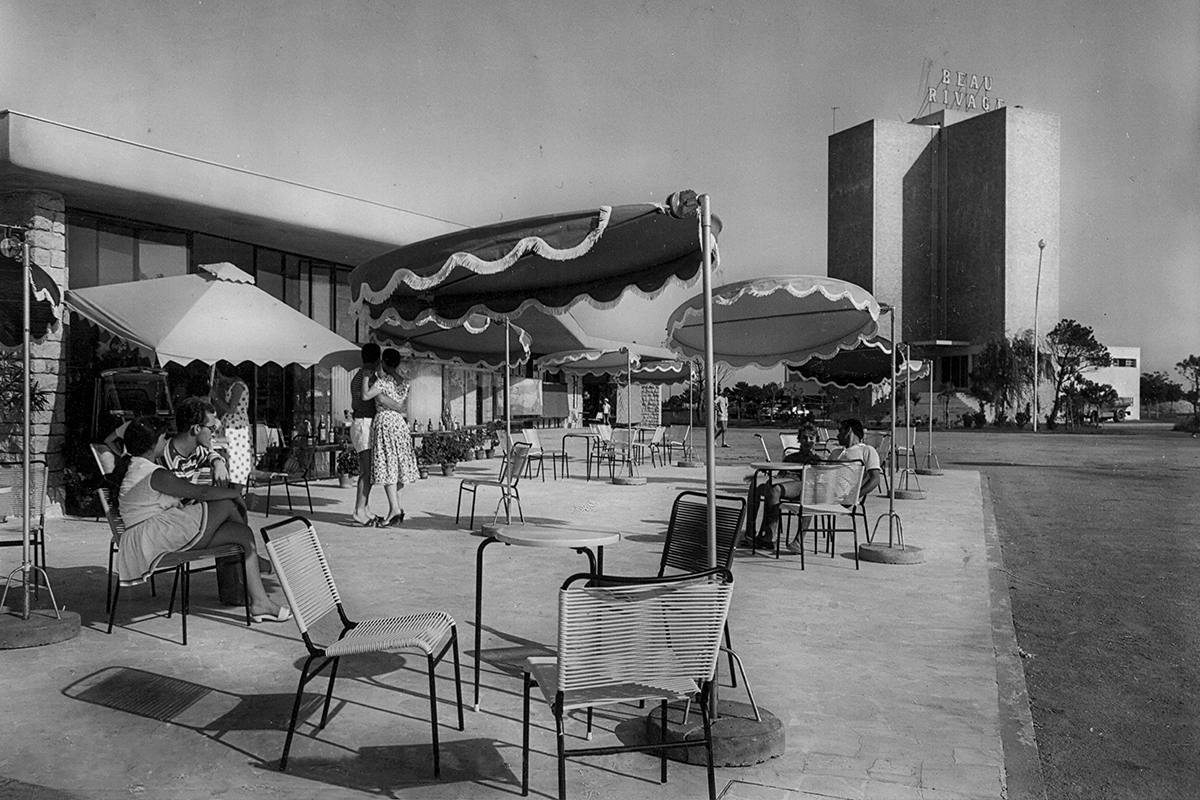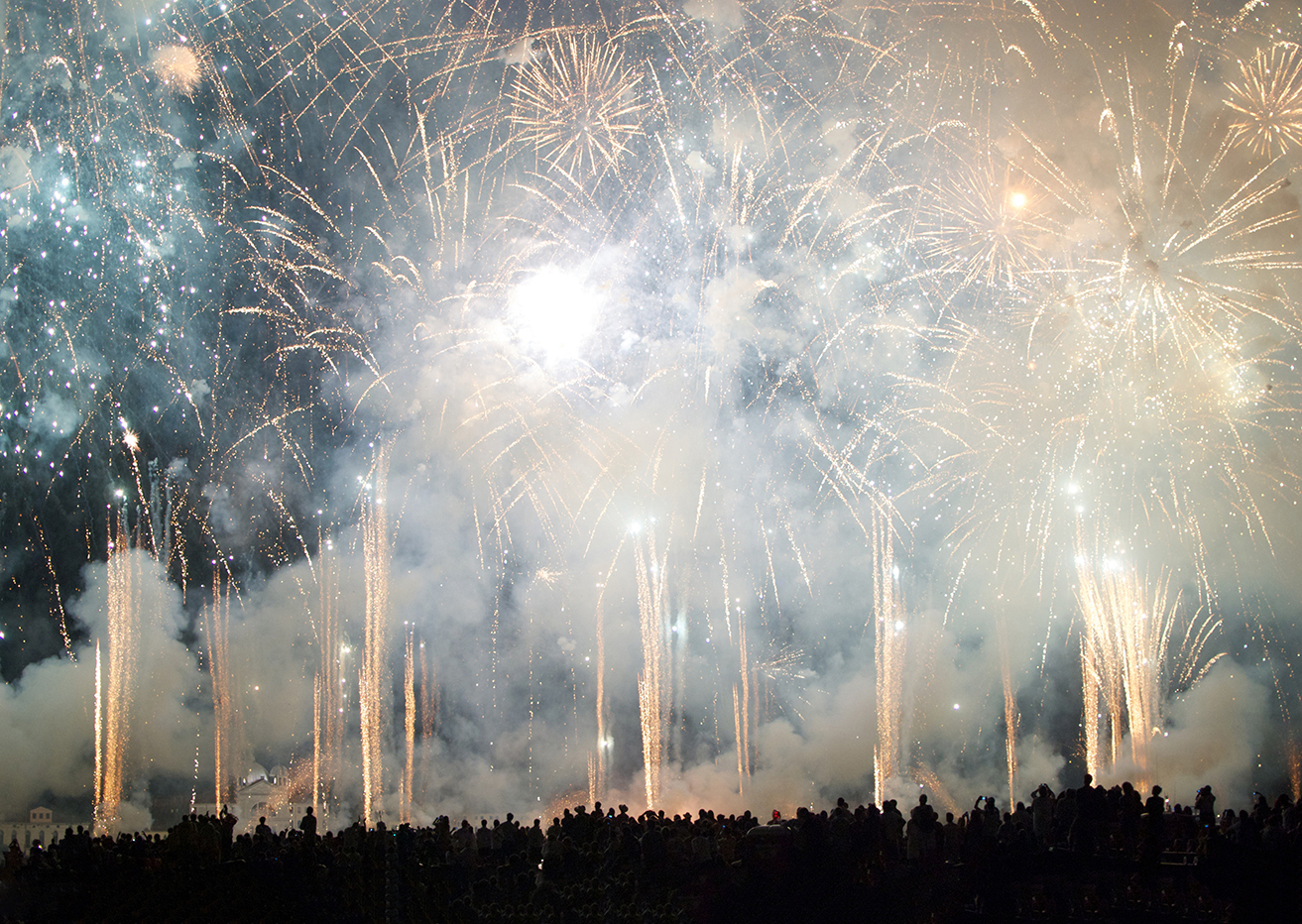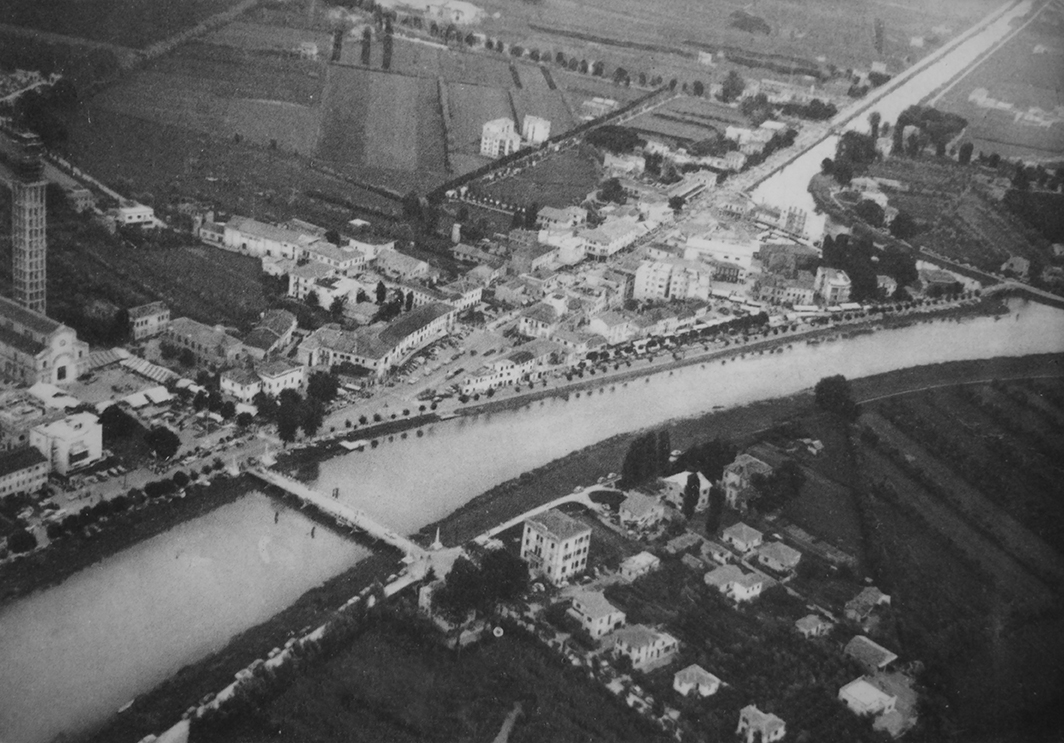
Jesolo navigable city: the bridges
Evidence of the earliest origins
By Giovanni Cagnassi
The city of Jesolo is an island connected to the mainland by several bridges. This can be ascertained easily from an aerial flyover, a striking photo taken at high altitude. The first Venetian peoples who settled in what would become Equilium, Jesolo’s ancestor, had taken refuge in this marshy area, a veritable island, to escape barbarian invasions, as they did in Altino before founding Venice.
In pre-Roman times these people had already begun to make a living from fishing and farming. Today there is little left of that island except the morphology disguised in the mainland. There are, however, the many bridges to remind us of the “island” origin of Equilium, then Cavazuccherina and then Jesolo with its sand-and-sea lido in modern times. Bridges are a resource for residents and their mobility and also for tourists who are discovering the river tourism of pleasure boats and the placid new house boats. This is a growing sector that needs low-impact infrastructure that can be easily rotated or lifted to allow the transit of boats.
Jesolo has all the assets to play this leading game as well. Thanks to its geographic conformation and enviable lagoon attractiveness, as well as the long routes that make it possible to relive, today as then, the splendid Litoranea Veneta. But there is no shortage of curiosities
Observant Jews have organized conventions and important gatherings in Jesolo, as well as vacations, precisely because, being an island, according to their religious practice it allows otherwise forbidden, work-related activities on prayer days. Here on vacation an observant Jew may not abide by certain strict rules and precepts such as the prohibition of pushing a simple stroller on the Sabbath day, otherwise reserved for prayer and absolute rest.
Come to think of it, Jesolo is accessed from a bridge over the Sile, which is considered an overpass along Via Adriatico. The most important bridges, however, are the Vittoria in Paese, over the Sile River, which is revolving to allow boats to pass, and the San Giovanni bridge a short distance away, a bicycle-pedestrian bridge, which instead can be raised like a modern drawbridge. Moving a little further is the Spano bridge, now integrated with the territory, with hydraulic lifting. And again the “de Fero” bridge, as it is known, on the Sp42 in Jesolo Paese, also’ swiveling. It continues with the Cortellazzo bridge over the Cavetta, also revolving. A short distance away, there is the one of boats also in Cortellazzo to connect to the territory of Eraclea. Not to be forgotten is the other pontoon bridge in Caposile, which is further connection to Jesolo on the lower Sile.
They are among the few pontoon bridges, along with the one in Fossalta di Piave, all private, that “endure” in Italy and the Veneto region. The last bridge is the Cavallino bridge, an imposing road structure that allows one to cross the Sile and connect directly and smoothly to the nearby lagoon municipality.



